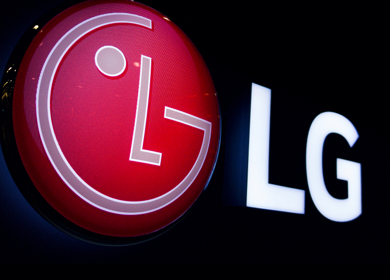The Fight for Eyeballs: Will TV Networks or YouTube Win the Battle?
Published: April 25, 2023

The ongoing battle between TV networks and YouTube further induced the media measurement debate.
YouTube is now more directly competing with more traditional networks in the war for connected TV.
Network executives are worried that the ads on YouTube will be measured and paid in the same way as ads in premium network programming, which will drive down prices.
The battle came to light primarily after the newly formed U.S. Joint Industry Committee, which is dominated by network TV players, issued its currency measurement standards. In which, among others, they have included content quality measures into the currency between buyers and sellers.
And YouTube has countered it by proposing its own set of standards with video impressions as currency. Although these players do not expressly support the specifics of either side's positions, both sides point to agency and marketing buy-side players as supporting their initiatives.
In place of traditional ratings based on linear TV schedules, Nielsen intends to replace them with an impression-based standard similar to the one that has long been used for digital media.
The main rivals of Nielsen are also preparing for impression-based measurement to take the place of the C3 and C7 ratings, which gauge how many people watch commercials three and seven days after a program airs.
Despite being invited to take part in the JIC's request for information, Nielsen declined it for a number of reasons. It includes the absence of YouTube and other media companies like Disney, Netflix, and Amazon. The JIC's demand for the content quality standard, which Nielsen opposes, was one of the problems cited by Karthik Rao, CEO of measurement at Nielsen.
How will the same measurement system for TV networks and YouTube impact marketers?
The battle is nothing new to this landscape.
In the 20th century, it was daily newspapers that pushed down the weekly newspapers, and then it was broadcast networks that played against cable networks to get similar ratings coverage. And now the players have changed, but the battles continue.
Although it remains to be seen if the two sides end up living in the same measurement world, here are the positives we believe marketers can have if impression-based measurement turns out to be standard for TV networks and YouTube.
Provides more transparency: The standard impression-based measurement system will offer more transparency for marketers. As a result, marketers will be able to easily evaluate what exactly works best for them so as to tweak changes in the campaigns and choose one over the other. Currently, with different systems in place, it is hard for them to compare and analyse the effectiveness of the campaigns on both platforms.
Increase competition: The same measurement system will considerably increase the competition between TV networks and YouTube. It may, in turn, put marketers in a position to experiment with new ideas so as to lead the race and improve campaign performance. And, we believe, the significant impact of the competition will only encourage marketers to try innovative methods, which will result in a better ROI.
Cross-platform measurement becomes simple: With the adoption of the same currency measurement standards, marketers can get a more detailed view of audience engagement and behaviour on both platforms. As a result, cross-platform measurement will become simpler, which allows marketers to make informed decisions on budget allocations. And they can also gain meaningful insights on what kinds of strategies work well for both platforms, which will help them sharpen their targeting and maximize campaign performance.
With that said, the change—the same measurement standards for both TV networks and YouTube—will be huge for marketers. In fact, the chances are higher that marketers will feel lost initially. However, we believe the change is for the better, and it is crucial for marketers to keep an eye on what happens at the end in order to stay on track and lead the race.










Be the first one to comment.